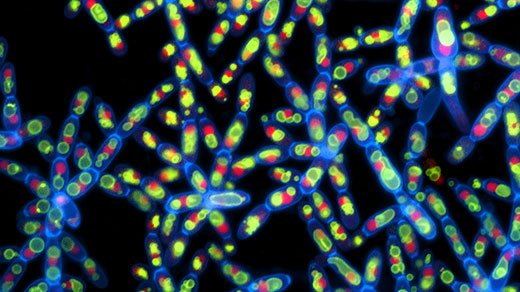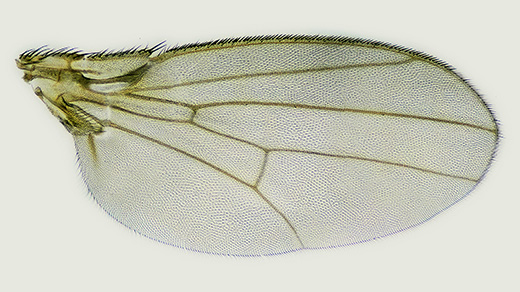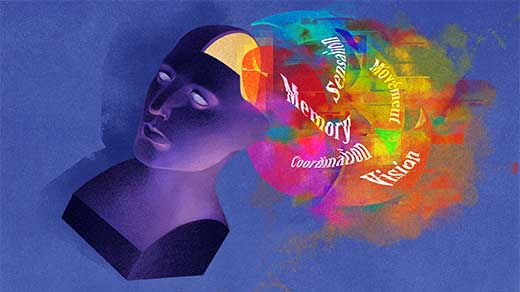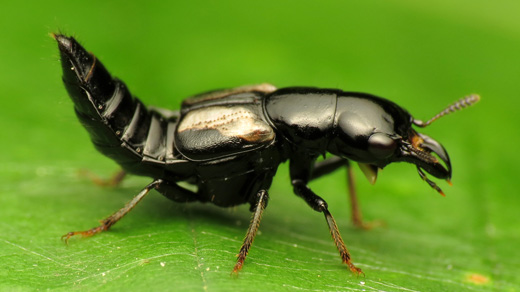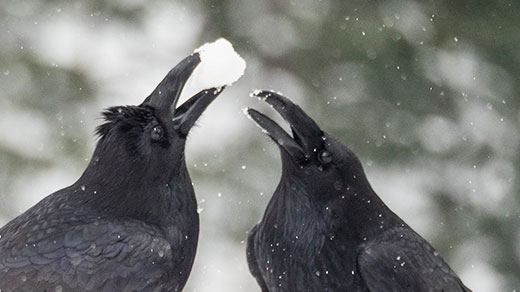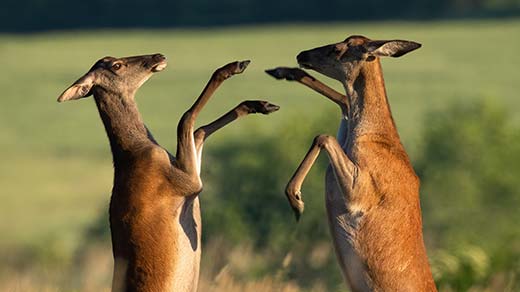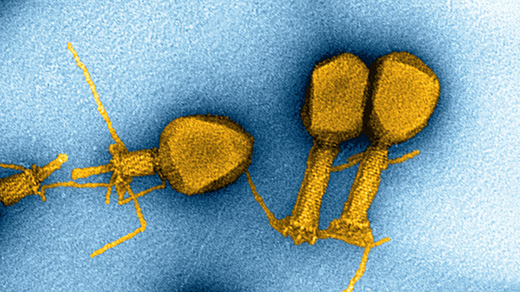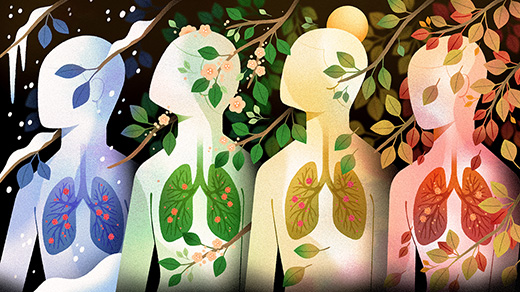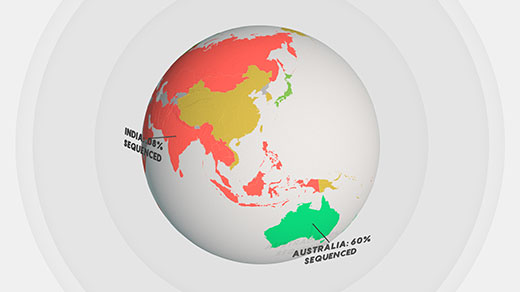What's up in
Evolution
Latest Articles
Single Cells Evolve Large Multicellular Forms in Just Two Years
Researchers have discovered that environments favoring clumpy growth are all that’s needed to quickly transform single-celled yeast into complex multicellular organisms.
Mathematical Analysis of Fruit Fly Wings Hints at Evolution’s Limits
A painstaking study of wing morphology shows both the striking uniformity of individuals in a species and a subtle pattern of linked variations that evolution can exploit.
The Brain Doesn’t Think the Way You Think It Does
Familiar categories of mental functions such as perception, memory and attention reflect our experience of ourselves, but they are misleading about how the brain works. More revealing approaches are emerging.
How Do New Organs Evolve? A Beetle Gland Shows the Way.
The evolution of a defensive gland in beetles shows how organs can arise from novel cells carving out new functional niches for their neighbors.
Animals Count and Use Zero. How Far Does Their Number Sense Go?
Crows recently demonstrated an understanding of the concept of zero. It’s only the latest evidence of animals’ talents for numerical abstraction — which may still differ from our own grasp of numbers.
Mating Contests Among Females, Long Ignored, May Shape Evolution
Showy male competitions over mating privileges have grabbed scientists’ attention more often, but new work hints that sexual selection is also widespread among females.
DNA Has Four Bases. Some Viruses Swap in a Fifth.
The DNA of some viruses doesn’t use the same four nucleotide bases found in all other life. New work shows how this exception is possible and hints that it could be more common than we think.
How ‘Long COVID’ Keeps Us Sick
Other diseases with long-term symptoms can help us understand how COVID can affect us long after the virus itself is gone.
A Lack of COVID-19 Genomes Could Prolong the Pandemic
Genomic surveillance of the SARS-CoV-2 virus can help control the current pandemic and prevent future ones. But the process is marred by insufficient data and geographic inequities.
